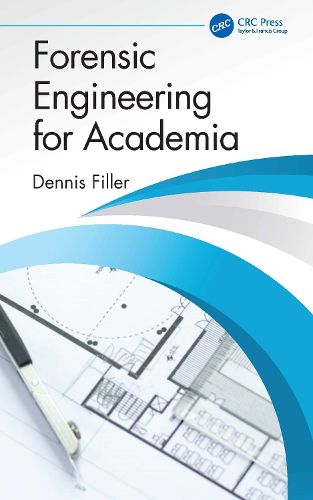Readings Newsletter
Become a Readings Member to make your shopping experience even easier.
Sign in or sign up for free!
You’re not far away from qualifying for FREE standard shipping within Australia
You’ve qualified for FREE standard shipping within Australia
The cart is loading…






Most engineering curricula lacks forensic engineering content, particularly the role of science in investigation and assessment, engineering failures and cause and effect analysis, and jurisprudence as it relates to engineering. Forensic Engineering for Academia address these and other important aspects of forensic engineering education. Mainly structured as two parts: 1) Forensic Engineering and Jurisprudence, and 2) FE Practice, the first introduces the practice of forensic engineering (FE), presents investigation methods and analysis, describes the expert witness and how to become one, introduces the legal system regarding FE, and discusses reporting and communication liability. The second part covers a variety of practical applications for different FE disciplines through specific examples and experiences. Student solutions will be compared to industry practices with consideration for liability and loss prevention. Further, the book explains the importance of standard of care and performance evaluation as they relate to design and failure, and how to avoid becoming a defendant.
Includes a summary table of concepts, terminology, and exercises, and practical case studies in each chapter. Discusses the importance of professional ethics in the field of forensic engineering. Includes Digital Learning Resources: adaptable lecture slides, test and quiz banks, and links to additional resources.
$9.00 standard shipping within Australia
FREE standard shipping within Australia for orders over $100.00
Express & International shipping calculated at checkout
Most engineering curricula lacks forensic engineering content, particularly the role of science in investigation and assessment, engineering failures and cause and effect analysis, and jurisprudence as it relates to engineering. Forensic Engineering for Academia address these and other important aspects of forensic engineering education. Mainly structured as two parts: 1) Forensic Engineering and Jurisprudence, and 2) FE Practice, the first introduces the practice of forensic engineering (FE), presents investigation methods and analysis, describes the expert witness and how to become one, introduces the legal system regarding FE, and discusses reporting and communication liability. The second part covers a variety of practical applications for different FE disciplines through specific examples and experiences. Student solutions will be compared to industry practices with consideration for liability and loss prevention. Further, the book explains the importance of standard of care and performance evaluation as they relate to design and failure, and how to avoid becoming a defendant.
Includes a summary table of concepts, terminology, and exercises, and practical case studies in each chapter. Discusses the importance of professional ethics in the field of forensic engineering. Includes Digital Learning Resources: adaptable lecture slides, test and quiz banks, and links to additional resources.